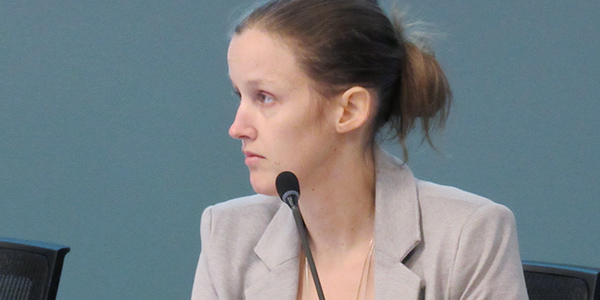By Amanda Durish Cook
MISO will enter discussions with stakeholders in 2019 on long-term fixes to improve resource availability.
RTO staff said last week that the Resource Adequacy Subcommittee will focus on improvements to the Planning Resource Auction, loss-of-load expectation (LOLE) study and resource accreditation, including the possibility of seasonal resources. Since 2017, resource availability and need solutions have been discussed only in the Reliability Subcommittee. Now, MISO is ready for the RASC’s ideas on increasing generator availability as the baseload fleet ages and more renewable resources come online.
The discussions will be aimed at making available resources in addition to the 5 to 10 GW of supply MISO hopes to free up with a trio of near-term FERC filings.
Speaking during a Dec. 13 RASC conference call, MISO Director of Resource Adequacy Coordination Laura Rauch said the RTO and stakeholders may examine how it calculates the planning reserve margin. Stakeholders asked if MISO would consider using something other than the summertime peak for the annual LOLE study, as the most recent emergencies and maximum generation events have occurred in shoulder months.
“That’s a good point. … We’re starting to see these max gen emergencies in non-peak time frames. What changes could we make to inputs to the PRA and the LOLE study to mitigate those risks?” MISO planning adviser Davey Lopez asked stakeholders.
Lopez said MISO will begin talking about improvements to the LOLE study next month. He said any changes to the study need to take place before June 2019, when the study kicks off for the 2020/21 PRA.
RASC Chair Chris Plante said MISO may need to coordinate discussion between the RASC and the LOLE Working Group — charged with reviewing and recommending changes to the LOLE study methodology — so stakeholders don’t suggest infeasible changes to the LOLE study process.
Customized Energy Solutions’ Ted Kuhn said MISO should issue a report that shows when it has fallen below 10 GW in reserves during recent emergencies, saying it would help stakeholders make suggestions for longer-term Tariff filings.
Lopez asked for stakeholder feedback and suggested adjustments to LOLE studies, capacity accreditation and PRA structure by Jan. 4.
MISO staff asked stakeholders to comment on changing the modeling of outages in LOLE studies, the modeling and accreditation of LMRs in the PRA, and whether the RTO should validate generator submissions to the Generating Availability Data System.
Near-term Filings
Talk also turned to MISO’s three near-term filings.
Earlier in December, stakeholders criticized MISO’s short-term solutions, which include requiring more data from certain load-modifying resources (LMRs) and imposing stricter notification times for planned outages. (See MISO, Stakeholders at Odds over Resource Availability Filings.) MISO’s LMR and outage filings are aimed at obtaining an additional 5 to 10 GW in resources during the spring maintenance season. MISO expects a large spring maintenance season and said that available spots for planned outages are going fast.
In all, MISO will make three Tariff filings aimed at short-term fixes: for demand response capability testing, LMR seasonal availability documentation and a new 120-day notice time for planned outages.
Rauch said some stakeholders have balked at MISO’s 120-day requirement, which would prohibit scheduling changes unless they don’t pose increased reliability risks. As a result, Rauch said MISO will defer the outage filing until no later than Jan. 31, still in time for a transition to the new rules in spring. The other two filings are expected to be submitted to FERC this week.
But Consumers Energy’s Jeff Beattie said the LMR filing still needs work. He said while MISO is proposing a two-year transition period for new testing for LMRs operating under non-retail tariff contracts, the RTO should also allow the same two years for Public Utility Regulatory Policies Act contracts. He said such PURPA contracts should be held harmless from the new rules until they expire. Staff said they would consider the request.





